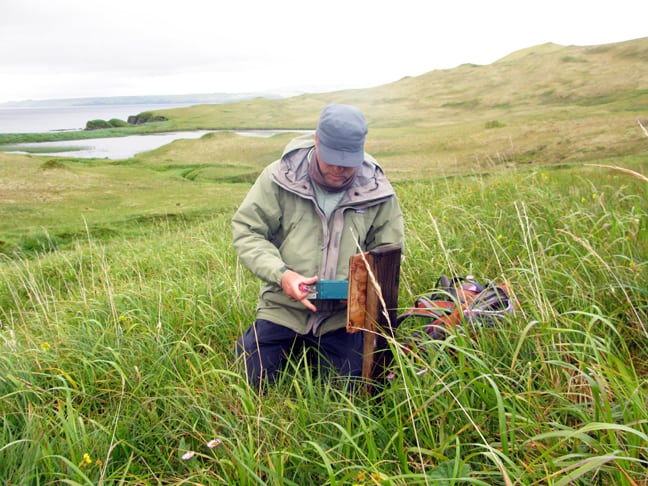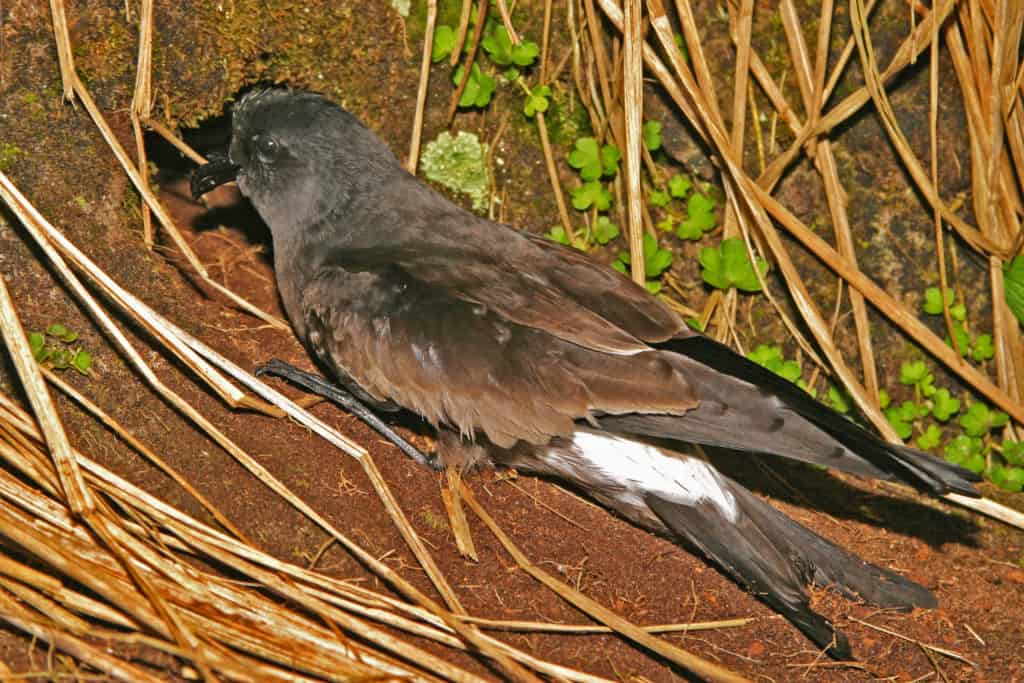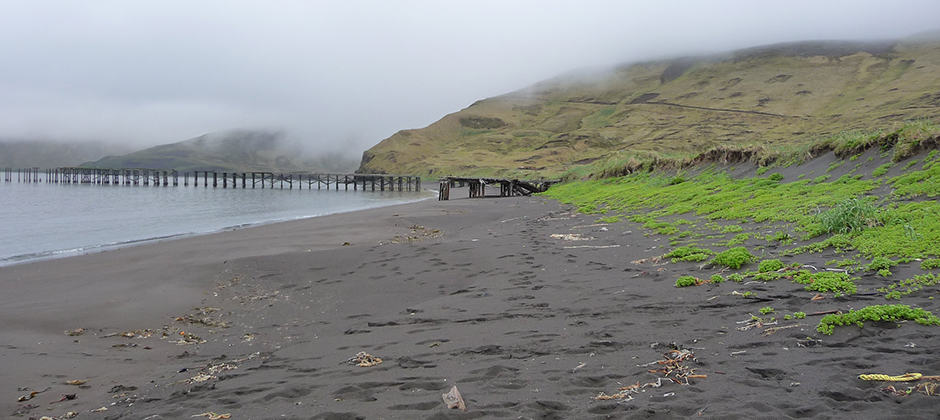Share this article
Artificial intelligence helps researchers tune into island soundscapes
Algorithms can help researchers tune into massive soundscapes involving a huge number of species and background noise to determine the level of seabird recovery on remote islands in Alaska.
“We think that soundscapes are a really effective tool to understand ecosystems, and the challenge lies in listening to and making sense of so many recordings” said Abraham Borker, a lecturer in ecology and evolutionary biology at the University of California, Santa Cruz and the lead author of a study published recently in Restoration Ecology.
Wildlife managers have been working to restore seabird populations to the Aleutian Islands off the coast of southwestern Alaska for years. The islands originally hosted various seabird colonies including Cassin’s auklets (Ptychoramphus aleuticus), fork-tailed storm petrels (Oceanodroma furcate), Leach’s storm petrels (Oceanodroma leucorhoa) and ancient murrelets (Synthliboramphus antiquus). But invasive species like rats and Arctic foxes (Vulpes lagopus) introduced by humans preyed on bird nests, obliterating colonies on many of the islands.
The U.S. Fish and Wildlife Service began to remove these invasive species island by island in 1949, and while the researchers knew the birds were back, they wanted to measure the rate of recolonization of some of the seabirds that had disappeared.

Co-author Ian Jones deploys a Song Meter automated recording device at Kiska Island in the Aleutian Islands in Alaska. ©Brendan Coyle
The trouble is, these islands are remote and have a penchant for nasty weather, making it hard for researchers to get to. Instead, researchers used sound recordings to monitor bird activity on the islands. Previous researchers had determined what species were at each island by listening for individual sounds in the recordings, and then designing programs to detect of those specific calls across hundreds of hours — a relatively time consuming process, Borker said.
But he and those same researchers wanted to see if they could use more highly automated algorithms to characterize the sounds of each island and compare those directly between islands to birds’ levels of recovery.
Luckily, some islands were never decimated by invasive species and one could be used as a sort of reference point. Other islands had been cleared of foxes at different times. The researchers characterized more than 800 hours of recorded bird sounds by different indexes including acoustic complexity, richness and overall volume of bird sounds.
They found that their analysis matched the previous, more laboriously conducted study on bird recovery. Their findings suggested that birds have recovered more on the islands that had been cleared of invasives the earliest. The years since foxes had been removed was the biggest predictor of how similar the sound environment would be to the unimpacted seabird island used as a reference site.

Leach’s storm petrel populations in the Aleutians were decimated by invasive rats and Arctic foxes. ©Ian L. Jones
“We found that this is really powerful tool to get a really rapid and coarse analysis of which seabird colonies are approaching that reference condition,” Borker said.
Sound recordings can create a permanent record that can then be re-examined in the future as analysis methods become more sophisticated, he said.
“It’s really hard to do effective conservation if you’re not measuring those outcomes,” he said. “If we’re not paying attention to what goes on after we do those things, we risk neutral, or even negative outcomes.”
Borker also believes the tool has the potential for much wider use in determining the relative health of ecosystems. It’s already being used in some coral reef systems or tropical forests where the ecological make-up of species is much more complex than the Aleutian archipelago. In many of these cases, researchers don’t even know all the species present in a given area.
Header Image: Caption: Challenging weather on the Aleutian Islands have prompted researchers to use sound recordings to monitor bird activity. ©Kim F








